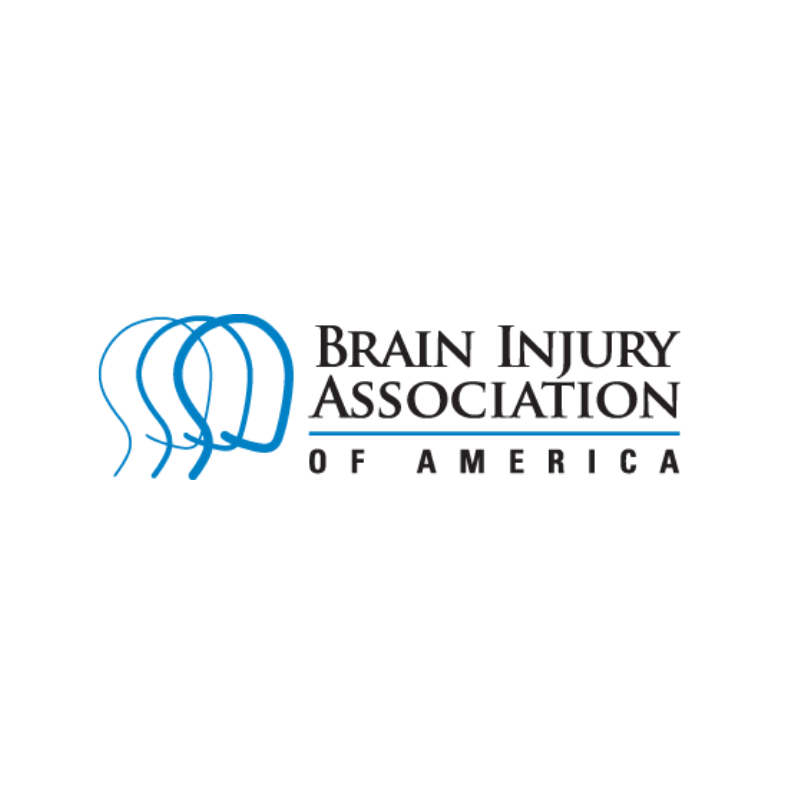BIAA: Brain Injury Association of America: Improving lives

One thing that it seems all human beings have in common is finding difficulty with change. Of course, change is a constant in life with some forms even desired and welcome: Who among us doesn’t like getting a promotion and raise, or the excitement of gaining new skills? Although some change is desirable, the transition period can always bring discomfort as we build familiarity with new routines, activities, and totally new social circles. Fortunately, most of us find that this difficult and often painful period of change eases as we settle into these new circumstances.
This tendency for struggle with novelty, or change, certainly compounds the strain of life after a brain injury for survivors and their families’. It truly amazes me each March, Brain Injury Awareness month, when I see the stats related to the prevalence of brain injury today. This year it was reading that, “One in every 60 people in the US lives with a permanent brain injury-related disability”, that really gave me pause! (www.biausa.org) I was taken aback by the sheer number of brain injury survivors in our country today, and that despite being so widespread, I would guess not many people have brain injury on their’ personal radar screens of possibilities..
I only make this assumption because myself and my family certainly fell into this category prior to my Traumatic Brain Injury on 7/4/06. This despite the fact that both my grandfathers had survived strokes. I don’t think that it is that unusual to be unaware that a stroke is a form of acquired brain injury.
Oftentimes I find myself reflecting on how unbelievably fortunate I was to have family who not only could step in, offering support and advocacy throughout my recovery, but also who had some experience. My parents had just over a year earlier been through the shock of my brother Andy’s spinal cord injury, and were working to get him the best rehabilitative care they could while facilitating his adjustment to a new normal when I sustained a TBI. Even with the experiense of Andy’s recovery process still fresh, the challenge of navigating my journey was incredibly difficult. Undoubtably, the drastic change to life as a brain injury survivor, or for the survivor’s loved ones, is made even more difficult by the lack of available information or innate knowledge surrounding these type of Neurological injuries.
This was exactly the challenging situation faced by Dr. Martin and Marilyn Spivack, who in 1980 meet with five family members to discuss the need for an organization “to effect change for individuals with brain injury.” That very afternoon, the group decided to form the National Head Injury Foundation (NHIF).” Since their simple beginnings NHIF became known as the Brain Injury Association of America after 18 months of strategic planning in 1995. Today, the group has grown to 27 state chapters and one in the District of Colombia committed to the core values of Leadership, Integrity, Respect, Diligence, Strategy, and Growth as they carry out the Association’s mission: “To advance awareness, research, treatment, and education and to improve the quality of life for all people affected by brain injury.”
Through tireless work supported by corporate sponsors and individual benefactors, BIAA advocates for all members of the brain injury community. From producing training materials, organizing conferences, funding research, and lobbying federal and state governments; BIAA is a true ally of all affected by brain injury. To learn more about the Brain Injury Association’s work to improve the lives of brain injury survivors or locate your nearest chapter visit their website at www.biausa.org.